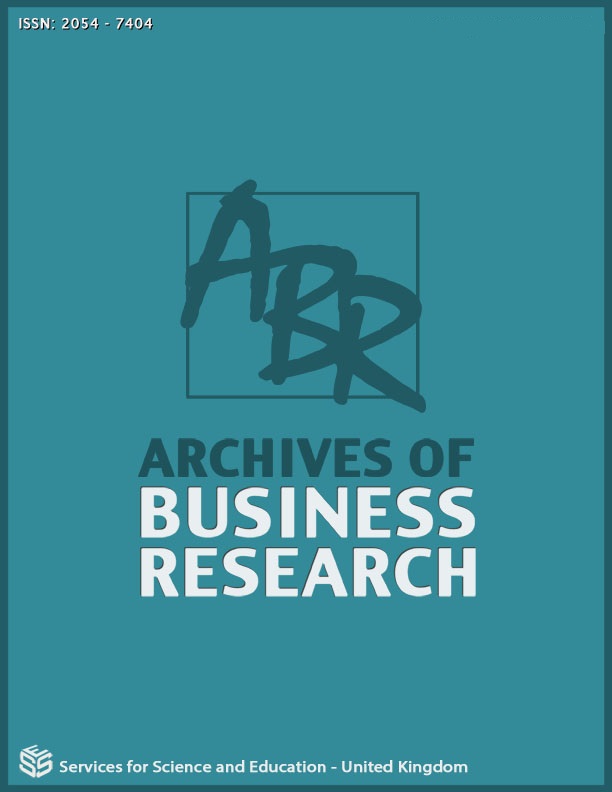Using the REA Data Model in Order to Reduce Design Complexity in an Inventory Management Relational Database, and the Need for a Relational Database Complexity Metric.
DOI:
https://doi.org/10.14738/abr.97.10534Keywords:
Dtatbases, Database Complexity Reduction, REA Data Modeling, Database Complexity MetricAbstract
With the extensive use of relational databases in the business environment there is a need to reduce database complexity in order to avoid data inconsistency and redundancy, which can provide a company with unreliable and/or meaningless data and information.
The use of the REA Data Model in database design can significantly help with this problem. The model can eliminate the need for unnecessary data artifacts which should only be generated by the system when needed.
This paper also addresses the need for a Relational Database Complexity Metric. A simple and easy to understand metric is presented.
References
Adamson, I.L., “Reducing Complexity in an Accounting System by Using the REA Data Model to Design a Relational Database", Journal of Accounting & Marketing,Vol. 6, No. 2, 2017.
Armitage, Howard M., “Linking Management Accounting Systems with Computer Technology,” The Society of Management Accountants of Canada, 1985.
Calero, C., Piattini, M., and Genero, M., “Database Complexity Metrics”, QUATIC, 2001.
Piattini, M., Calero, C., and Genero, M., “Table Oriented Metrics for Relational Databases”, Software Quality Journal, Vol. 9, 2001.
Chen, Peter, “The Entity-Relationship Model--Toward a Unified View of Data.” ACM Transactions on Database Systems, Vol. 1, No. 1, March 1976.
Dunn, Cheryl L., Gerard, G., Grabski, S., “Resources-Events-Agents Design Theory: A Revolutionary Approach to Enterprise System Design” Communications of the Association for Information Systems, 2016.
Haugen, Robert., and McCarthy, William E., “REA, a Semantic Model for Internet Supply Chain Collaboration” Business Object Component Workshop VI: Enterprise Application Integration, 2000
McCarthy, William E., “The REA Accounting Model: A Generalized Framework for Accounting Systems in a Shared Data Environment.” The Accounting Review, Vol. LVII, No. 3, (July 1982).
Hruby, P., Model-Driven Design Using Business Patterns, Springer, 2006.
Rosli, Khairina, Ahmi, Aidi, and Mohamad, Liana, “Resource-Event-Agent Modelling in Revenue Information System RiS Development: Smart Application for Direct-Selling Dealers and SMEs” Journal for the Advancement of Science & Arts, Vol. , No. 1, January – June 2009.
Downloads
Published
How to Cite
Issue
Section
License
Copyright (c) 2021 Ian Adamson

This work is licensed under a Creative Commons Attribution 4.0 International License.






